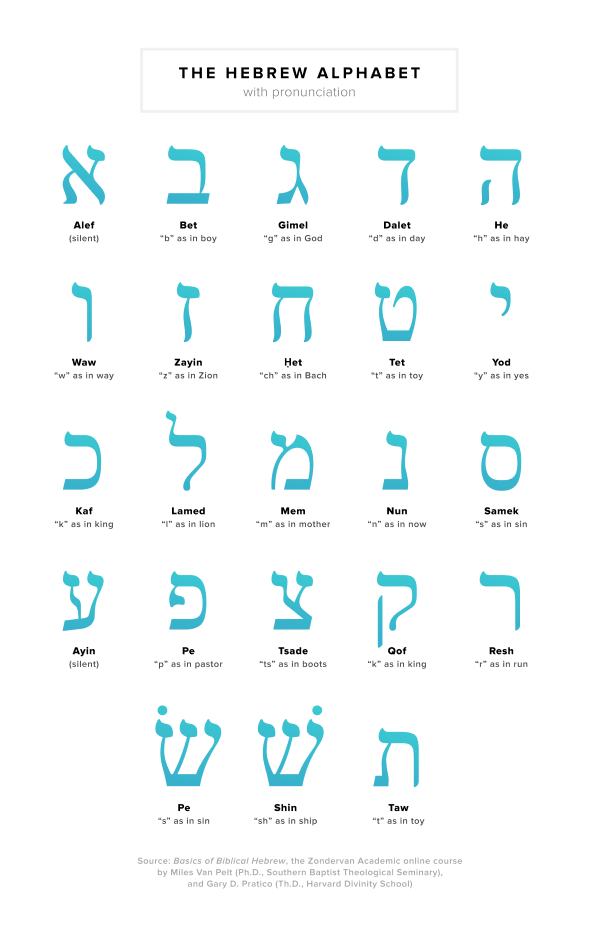The opening word of the Bible, “Bereshit” (בְּרֵאשִׁית), meaning “In beginning,” sets the foundation for understanding both the Hebrew language and the divine message encoded within scripture. This single word introduces a wealth of theological and prophetic insight, subtly pointing toward the redemptive work of Jesus Christ.
The Sweetness of the Torah and the Power of Hebrew
In Jewish tradition, the Torah is introduced to young learners through an immersive sensory experience—words of Scripture are often accompanied by honey to create an association of sweetness with God’s Word (Psalm 119:103). This method, rich in educational and theological significance, fosters an enduring love for Scripture.
Learning Hebrew extends beyond linguistic study; it is a spiritual journey reconnecting us to the biblical worldview. Unlike English, which is read from left to right, Hebrew flows from right to left, reflecting the culture’s ancient roots. Additionally, biblical Hebrew relies on a lunar calendar system, aligning with scripturally ordained times and festivals, in contrast to the modern solar-based Gregorian calendar. This shift underscores humanity’s drift from divinely appointed rhythms.

Hebrew Alphabet
Let’s explore the Hebrew alphabet, a sequence of 22 characters that form the foundation of this ancient language:
| Letter | Character | Meaning |
|---|---|---|
| Aleph | א | Ox |
| Bet | ב | House |
| Gimel | ג | Camel |
| Dalet | ד | Door |
| Hey | ה | Window |
| Vav | ו | Hook |
| Zayin | ז | Weapon |
| Chet | ח | Fence |
| Tet | ט | Basket |
| Yod | י | Hand |
| Kaf | כ | Palm |
| Lamed | ל | Shepherd’s Staff |
| Mem | מ | Water |
| Nun | נ | Fish |
| Samekh | ס | Support |
| Ayin | ע | Eye |
| Pe | פ | Mouth |
| Tsadi | צ | Fishhook |
| Qof | ק | Back of the Head |
| Resh | ר | Head |
| Shin | ש | Tooth |
| Tav | ת | Mark |
Genesis 1:1—A Closer Look at “Bereshit”
The first verse of the Bible reads:
“Bereshit bara Elohim et hashamayim ve’et ha’aretz.”
(“In beginning, God created the heavens and the earth.”)
A careful reading of this passage reveals deeper meaning encoded within the Hebrew letters themselves. Unlike English, Hebrew often omits definite articles, which is why “Bereshit” translates to “In beginning” rather than “In the beginning.” This subtle distinction emphasizes a foundational start without limitation, inviting theological reflection.
Each letter of the Hebrew alphabet carries symbolic meaning, often linked to pictographic origins. The first two letters of the alphabet, Aleph (א) and Bet (ב), provide an example of this. Aleph, symbolizing an ox head, represents strength and power, while Bet resembles a tent or house, symbolizing dwelling or family. The very term Aleph-Bet (א-ב) forms the root of our modern “alphabet.” These visual associations deepen our understanding of biblical words and their theological implications.

The Prophetic Foreshadowing in “Bereshit”
1. The Hidden Gospel Message
The letters composing “Bereshit” (בְּרֵאשִׁית) conceal a remarkable prophetic narrative:
- Bet (ב) – House or dwelling place
- Resh (ר) – Head or firstborn
- Aleph (א) – God or strength
- Shin (ש) – Teeth, destruction, or consuming
- Yod (י) – Hand or work
- Tav (ת) – Mark or cross
By interpreting these meanings together, the word “Bereshit” encodes a profound message:
“The Son (בר) of God (א) will be destroyed (ש) by His own hand (י) on the cross (ת).”
This hidden gospel message aligns with Isaiah 46:10, where God declares, “I make known the end from the beginning, from ancient times, what is still to come.” The very first word of the Bible subtly reveals the Messiah’s mission of redemption—a truth fully realized in the life and sacrifice of Jesus Christ (Yeshua).
2. Bet: The Starting Letter and Its Significance
It is significant that Scripture begins with Bet (ב) rather than Aleph (א). This choice suggests that creation is not merely an abstract beginning but an unfolding story, one with a clear direction and purpose. The letter Bet, meaning “house,” immediately sets a narrative of habitation and relationship; God creating a world where He desires to dwell with humanity.
Additionally, Bet and Resh (בר) form “Bar,” the Aramaic and Hebrew word for “Son.” This underscores that, from the very first word of the Bible, God’s Son is present in the narrative of creation.
Further Theological Implications
Bethlehem and the “Bread of Life”
The significance of Hebrew letters is evident in names and places throughout Scripture. Take, for instance, Bethlehem (בֵּית לֶחֶם)—”house of bread.” Jesus, born in Bethlehem, is called the “Bread of Life” (John 6:35), directly linking His birthplace to His divine role in providing spiritual sustenance.
The Hebrew Letter Shin (ש) and Divine Judgment
The letter Shin (ש), resembling flames or teeth, often symbolizes destruction or consumption. This association is evident in the burning bush of Exodus 3:2, where God reveals Himself as both a consuming fire and a merciful sustainer. Similarly, in Messianic prophecy, Jesus’ crucifixion fulfills the image of destruction turned into redemption; His suffering becomes the atonement for humanity’s sins.
The Letter Yod (י): The Hand of God
Jesus highlights the importance of the smallest letter in Scripture when He declares in Matthew 5:18, “For truly I tell you, until heaven and earth disappear, not the smallest letter, not the least stroke of a pen, will by any means disappear from the Law until everything is accomplished.”
The smallest Hebrew letter, Yod (י), represents a hand, symbolizing divine action. It is the first letter in Yahweh (יהוה), Yeshua (Jesus – יֵשׁוּעַ), and Jerusalem (ירושלים). This suggests that God’s hand is at work throughout biblical history, culminating in Christ’s redemptive mission.
The Grand Design of Redemption
The word “Bereshit” carries profound theological and prophetic meaning. When broken down letter by letter, it reveals the central message of Christianity:
“The Son of God, by His own hand, will be sacrificed on the cross.”
This aligns with Jesus’ own words in John 5:39, “You study the Scriptures diligently because you think that in them you have eternal life. These are the very Scriptures that testify about me.” From Genesis onward, the Bible tells the story of salvation through Christ, reinforcing a unified message across both Old and New Testaments.
The linguistic depth of Hebrew offers believers an opportunity to engage with Scripture on a profound level, uncovering insights that affirm the divine authorship of the Bible. As we continue to explore the original language of Scripture, we gain not only intellectual understanding but also a deeper appreciation for God’s redemptive plan, woven into His Word from the very first letter.
Until next time…
Hebrew study is a fascinating journey, revealing hidden layers of meaning and deepening our connection to the divine Word. May your exploration of Scripture bring you closer to the heart of God.







